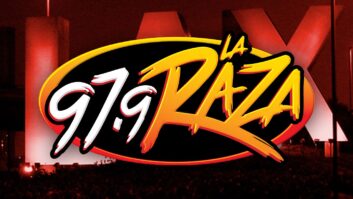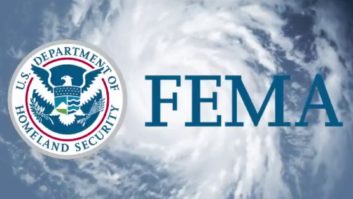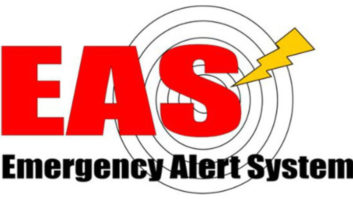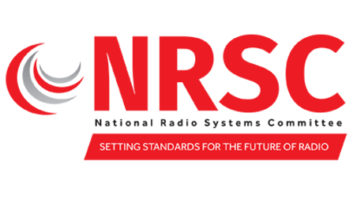WASHINGTON � Reviews are flowing in about the success of the test of the nation�s Emergency Alert System.
�
On Sept. 28, at exactly 2:20 p.m. (Eastern)/11:20 (Pacific), engineers at stations across the country noted that EAS IPAWS National Public Test alert was received from the Federal Emergency Management Agency via in-house EAS equipment and forwarded on as anticipated.
�
�Received and forwarded as expected at KCMS(FM), KCIS(AM), KWPZ(FM) in Seattle and Bellingham, Wash.,� said Christa Media engineer Tim Vik.
�
That was also the assessment from Alpha Media stations, based in Wenatchee, Wash., where Charlie Osgood said the stations KKRV(FM), KKRT(AM), KWIQ(AM), KWIQ(FM) and KWLN(FM) all received and forwarded the test without a problem. Those stations were using Sage Digital 3644 ENDECs.
�
Jim Forsyth at the Blue Mountain Television Class A station K36EW-D concurred with the general assessment, and offered some specific details: the station received the NPT from CAP at exactly 11:21:09 am, and from KONA(FM) and (AM) at exactly 11:21:10 am. It was then immediately sent it out on K36EW-D, K21JQ-D, and K31KL-D at 11:21:18, he said.
�
For nearly all of the stations that Radio World reached out to, engineers described the audio as �excellent� and �fantastic,� with others describing the video crawl as �clear.�
�
�Both video crawl and audio were clear and easily readable/understandable,� Forsyth said.
�
At least one engineer, however, noted an issue of legibility of a video crawl that he saw.
�
Senior Engineer Lowell Kiesow from KNKX(FM) in Tacoma-Seattle, Wash., said that the original message from IPAWS relayed fine, and a duplicate copy was received from LP-1 KIRO(AM).
�
He did note a brief glimpse of the crawl on KING(TV) via Comcast Cable and found that the crawl was completely illegible.�
�
�The yellow or orange background for the crawl popped on near the top of the screen, and I could faintly see something scrolling, but couldn�t make out letters,� he said. �I�m not sure where the problem occurred.�
�
In the middle of the country, Wisconsin Public Radio reported that its flagship station WHA(AM) in Madison aired the National Periodic Test smoothly. �WHA�s EAS equipment received the test in timely fashion from multiple monitored sources, and forwarded it immediately after the first one was received,� said Steve Johnston, director of Engineering and Operations for Wisconsin Public Radio. �The audio message sounded fine.�
�
Once Johnston has more complete details from his field engineers on how it went for his other stations around the state, he plans to submit Form Two to the Electronic Test Reporting System in a batch for all the stations. Form Two must be filled out by EAS participants before midnight Eastern on Sept. 28. The form asks only two questions: Did your station receive the alert? Did you relay the alert?�
�
The Federal Communications Commission recently emailed those EAS participants registered in ETRS asking them to consider staggering the filing of their EAS Form Two based on their time zone, and not file Form Three until the day after the test. This staggered filing process is not mandatory, but is designed to ease the influx of thousands of filings into the ETRS database.
�
Similar success stories were also being reported to at least one EAS equipment manufacturer from their customers.
�
�We are hearing overall positive results among DASDEC users across the nation,� said Ed Czarnecki, senior director for strategy and global government affairs for Monroe Electronics, owner of Digital Alert Systems. �In some cases, the broadcast EAS message arrived first, but it appears that the large majority of stations polled the CAP NPT message first.�
�
The FCC and FEMA will begin the process of combing through the thousands of Form Two forms as well as prepare for the influx of Form Three forms, which are due on Nov. 14. Form Three asks stations to submit detailed post-test data from the Sept. 28 test.
�
In crafting this most recent test, the FCC and FEMA applied some of the lessons learned during the first EAS in November 2011, during which some stations said they did not receive the test, or that their receivers were not able to relay the test.
�
A version of this article originally appeared on the website of Radio magazine sister publication Radio World.
�












